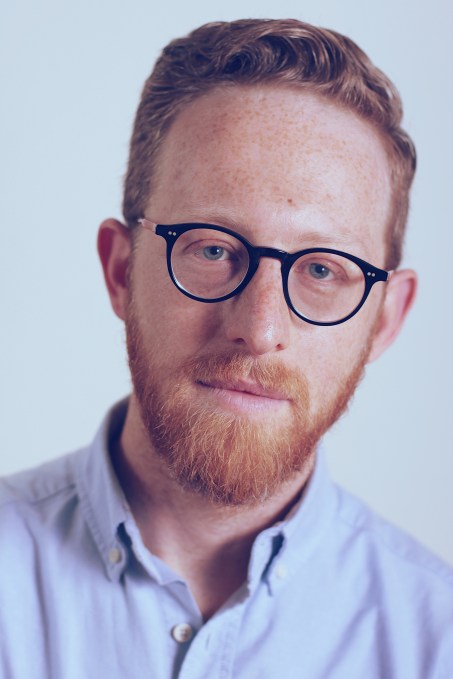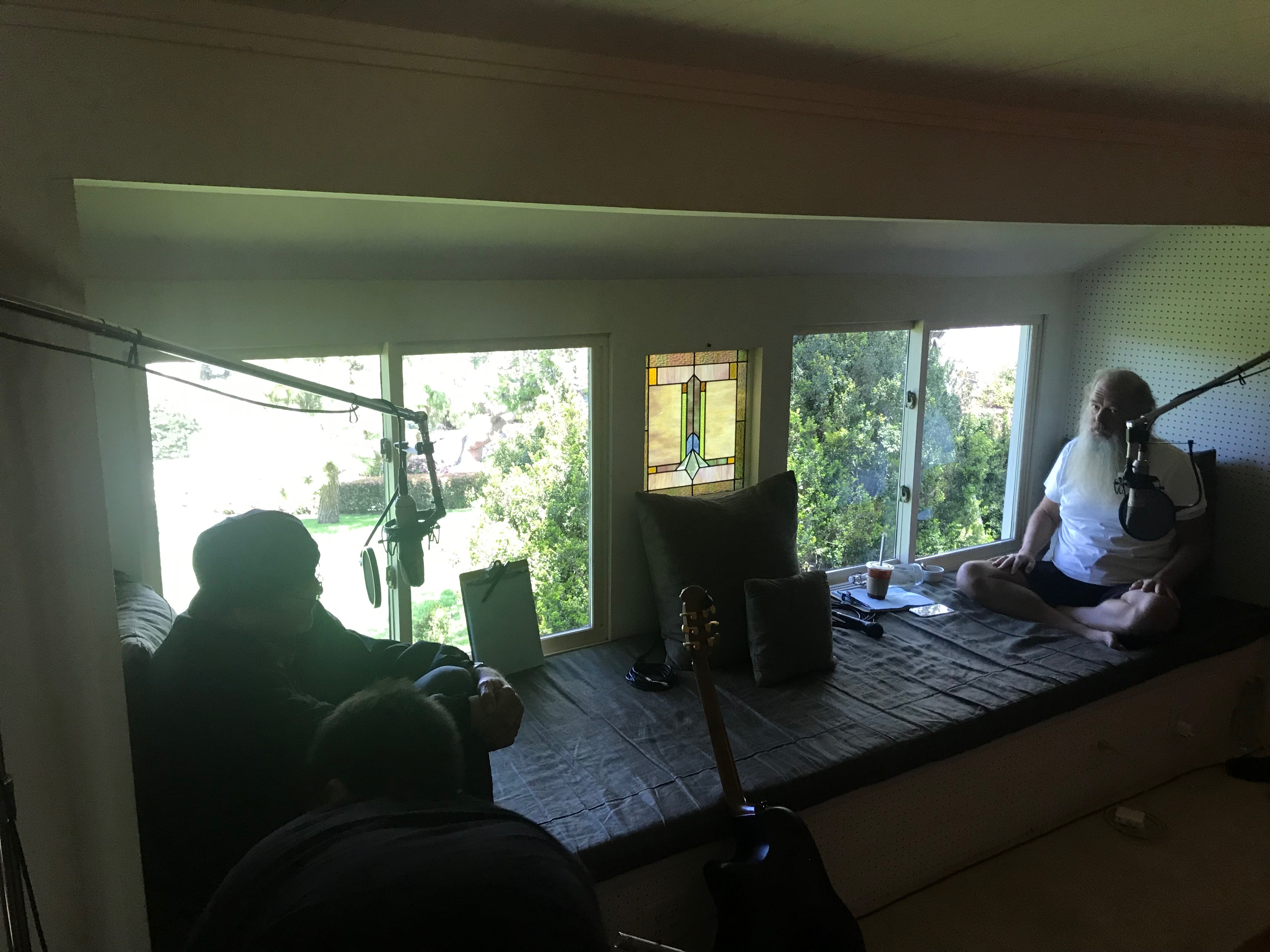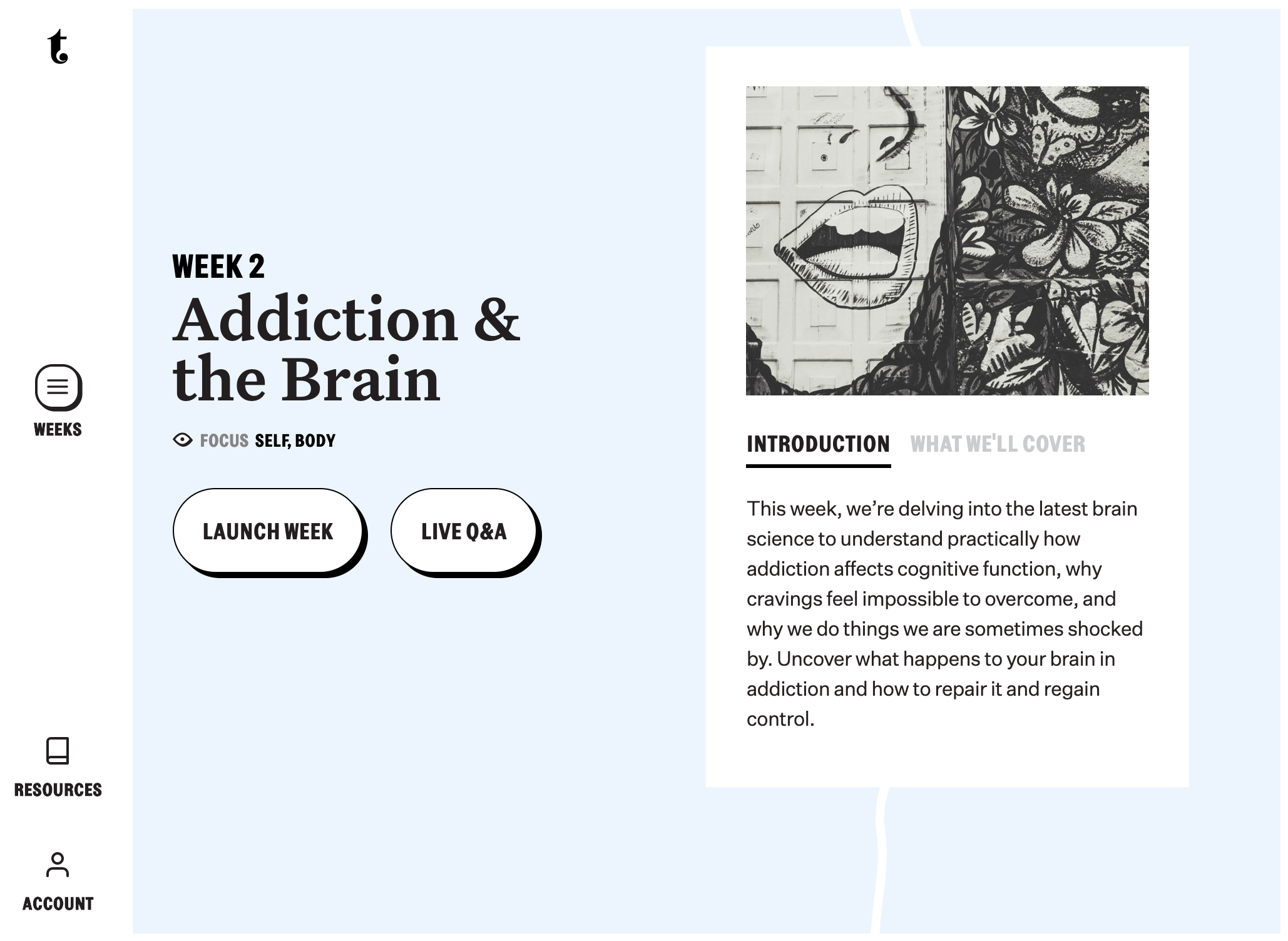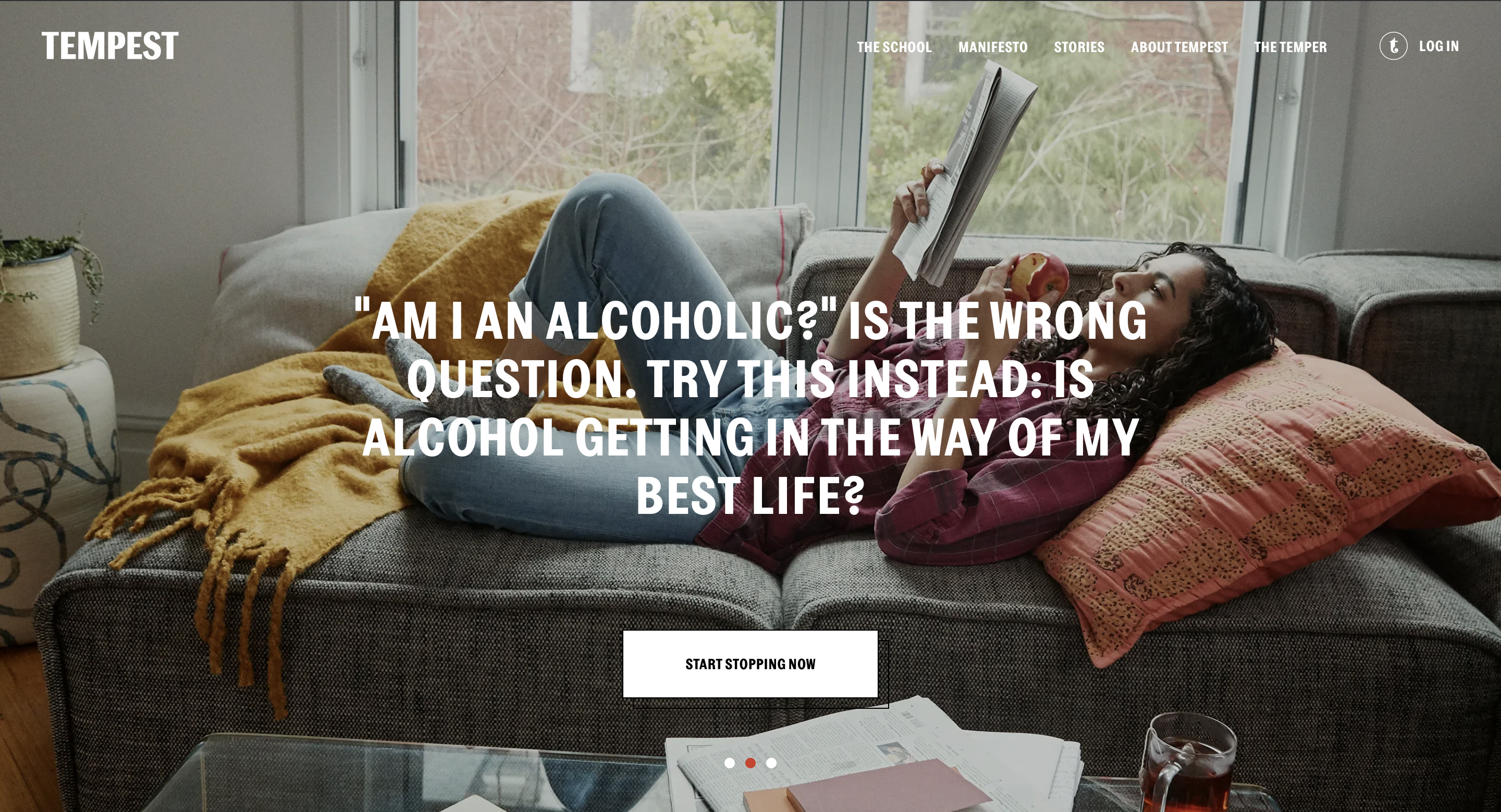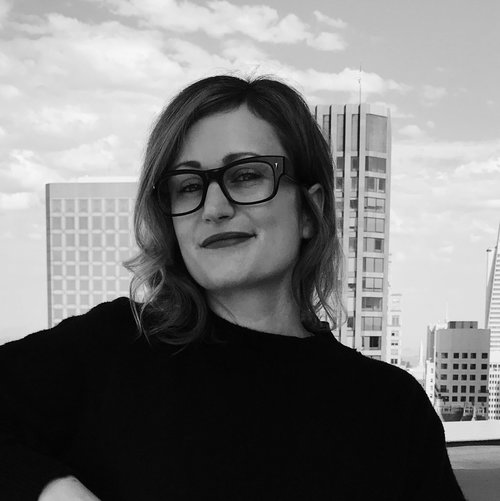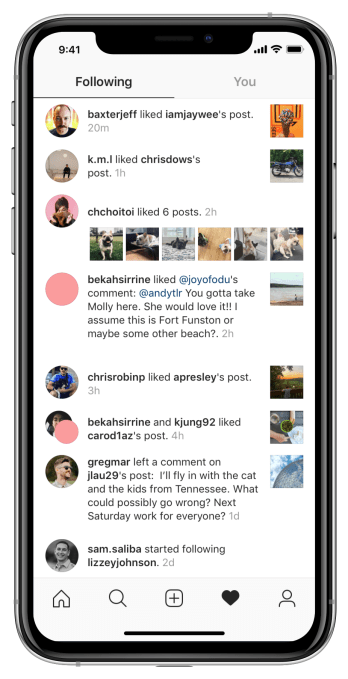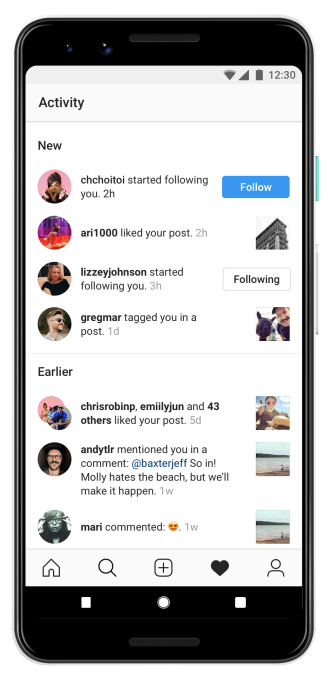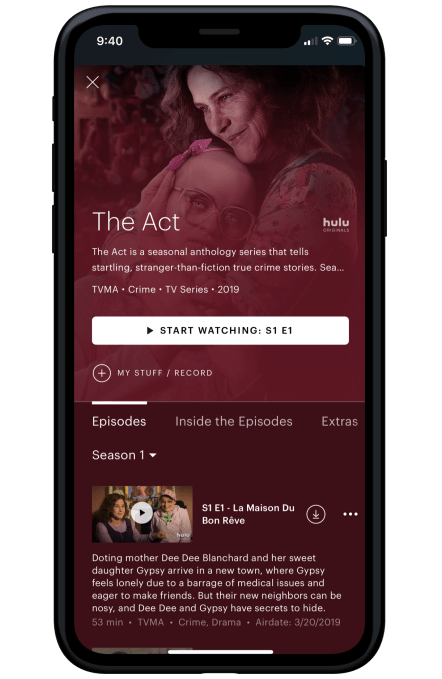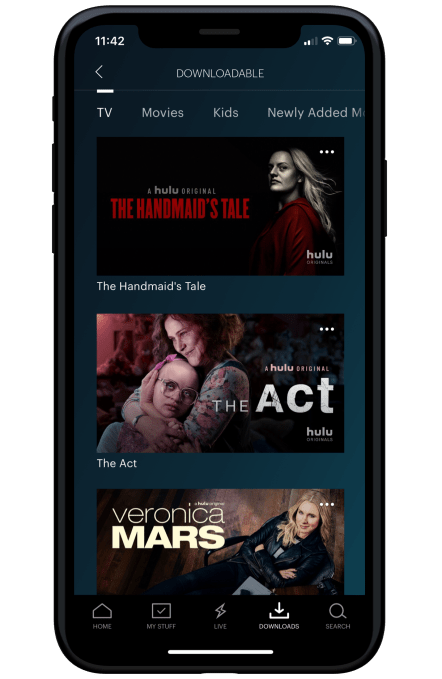Editor’s note: James Buckhouse is design partner at Sequoia.
Last Tuesday, the teams competing in Startup Battlefield at Disrupt SF, as well as founders chosen as Top Picks in Startup Alley, visited Sequoia Capital’s office in San Francisco for a discussion with partners Jess Lee, Roelof Botha, Mike Vernal, Alfred Lin and James Buckhouse. The following is a partial transcript of the session, which was moderated by Buckhouse.
James Buckhouse: We partner from idea to IPO and beyond, but it’s partnering at the idea stage that we love the most — that moment when anything is possible. And it’s happened throughout Sequoia’s history. YouTube incubated in our office. Dropbox was an unreleased demo. Stripe didn’t have a single line of code. Apple was just two dudes named Steve. And so our favorite place to be is in the earliest moments.
We’re not here tonight to share with you lessons of our great wisdom on how company building ought to go. We’re here tonight to say that we understand how hard it is. And the three partners that you’ve got here to talk with tonight — Roelof Botha, Jess Lee and Mike Vernal — are people who have actually been in the trenches building companies themselves.
Customers
James Buckhouse: Great companies like Apple, Amazon and Zoom all have this one thing in common: customer obsession. That’s an easy thing to think about when you already have a billion customers, and you already have a bunch of money. But what do you do when you’re at the pre-seed stage and you want to be customer-obsessed but you don’t even have a product yet, let alone any customers? How do you even begin?
Jess Lee: I think at the very earliest of stages, all that really matters is product market fit. A common mistake we see is that a founder is only obsessed with the product, and then goes on to think, “I have my product. Let me go find a market that works for this,” when it should actually be the other way around. You should look at the market first, and then get to know the customers in that market by doing customer research.
There’s a great book by Erika Hall where she discusses how to ask the right questions to customers in order to really understand their pain points, their motivations and their needs. That’s a hallmark of some of the best companies that we’ve seen, even at the earliest stages. They spend a lot of time talking to customers and understanding what they want. Something we at Sequoia like to recommend when we work with seed and pre-seed-stage companies is to actually take the time to write down a set of customer personas. Who are your prototypical or your archetypes of different types of customers? In the very early days, you might think, “I know the customer. I can remember this. I don’t need to write it down.” But as soon as you add one new team member, who maybe isn’t as familiar with your customer, a lot of things get lost in translation.
For my company Polyvore, which was in the women’s fashion space, I had a lot of engineers on my team who were men and didn’t understand women’s fashion very well. I would always beat my head against the wall wondering why a feature they designed didn’t quite make sense, and it’s because we did the personas exercise a little bit too late. It made me wish we’d done it earlier. Once we had three very clear personas, I started to notice everything ran more smoothly. I found, whether it was the sales team or the engineering team, people started to clearly communicate the idea of what our customer really wanted. People made better decisions at all levels. That’s why at Sequoia we always encourage even our earliest-stage companies to write their customer research down immediately, way before they think they need it.
Product
James Buckhouse: How does an early-stage startup make sure that they’re on the right track and building the right product?
Mike Vernal: The key thing to me is actually not being data-driven; it’s much more about being hypothesis-driven. The problem is people think about product as art. But I actually think of product as being equal parts art and science. And I think the science part of it, which is really important, especially at an early stage, is being clear about what your hypotheses are, what you think is going to work, why you think it’s going to work and really sort of pressure-testing that on a logical level. And, if you are able to, actually pressure-testing it with real data.
One of Jess’s techniques, which I think is great, is the notion of fake doors. If you want to know whether something’s actually going to hum in the market, whether people are going to care about it, build a landing page for it. Build a sign-up button for it. Run a bunch of ads for it. Test a bunch of different marketing copy and see if people actually want the product. I’ve seen a bunch of companies use this to great effect.
I think that in general the mistakes people make with product is, one, being too artistic and not scientific enough about things. And then two, to Jess’s point, the most important thing before you have a product is finding product market fit. Usually, finding product market fit in a category is a function of two or three important things. Identifying those important things and testing them to get clarity around that first, then designing the full product, is way better than just starting with a masterpiece, and then slowly painting over and over the masterpiece until you get to something that is great.
James Buckhouse: For enterprise companies, Roelof, can you talk a little bit about the Sales Ready Product and Templeton compression approach?
Roelof Botha: If you go to our website and search for Sequoia Sales Ready Product or Templeton, you’ll find very useful content that we put together. The insight came from one of the best leaders that we’ve worked with, in a variety of companies, who argued to not just go for an MVP, a Minimal Viable Product, if you’re building an enterprise company, but what he termed a Sales Ready Product, an SRP.
The difference is that a Minimal Viable Product just gets over the hurdle but doesn’t convince your customer to jump out of their seats to buy your product. When we invested in Cisco in the late 1980s, the first product they shipped had so many bugs it didn’t work. But the product solved such an important need for the customer that they came back to Cisco and asked if they could fix it since they needed the product to work so badly because there was a fundamental problem in trying two networks at the time. And that to me was a Sales Ready Product. You’ve got something that, even if it’s not perfect, really solves your customer’s pain point.
And so to condense the whole theory behind this: Spend a little bit more time, probably another three months, maybe another four, five months, from when you would otherwise ship an MVP to ship an SRP. The reason it matters for an enterprise company is that your sales organization will be so much more effective. Your sales team will ramp up a curve far more steeply and you’ll get sales momentum much, much faster if you sell an SRP.
Culture
James Buckhouse: I’m going to do something a little bit unexpected here and call on Alfred in the back. Could you talk a little bit about what it was like at Airbnb, where they started with culture very early on?
Alfred Lin: Brian, Joe and Nate came and visited Zappos, where we offered tours, to see what the culture was all about (Alfred was COO of Zappos). At Zappos, we started writing down our core values a little late, when we were at about 300 people. And I told Brian, Joe and Nate that that was too late.
After that trip, they went back and wrote down their core values, before hiring their first employee. They knew that they had to create a new category. Home-sharing was not something that people really thought about. And so they needed people who were willing to champion the mission. And that was one of the first core values that they wrote down.
James Buckhouse: Oftentimes, people think that culture is the thing you do later on, once your business has grown large and suddenly you have a lot of people. But that’s not true. Culture matters a lot more than people think. And it matters earlier than people think. Jess, can you talk about your framework on core values?
Jess Lee: This is something we spend a lot of time on with seed and pre-seed companies, who think, “Oh, I already know my culture. I’ll wait to write it down later.” But it’s important to get it right up front. We encourage people to not pick too many core values. Generally, you want a framework that’s a core value and the behaviors you want that exemplify that core value. And most importantly, you need a story. You need some legendary anecdote or example from inside the company that really brings the core value to life.
To use Airbnb as an example, one of its core values is to be a cereal entrepreneur. The reason it’s cereal with a “C” is because at the time, Airbnb was running out of money. They weren’t sure they had product market fit, but they went to the Democratic National Convention to try the Airbnb idea when they were down to the wire in terms of money. In order to just get the word out about the business they made boxes of cereal that said “Obama-Os” and “Captain McCain.” It’s a good example of rolling up your sleeves and doing whatever it takes to get your business launched. Somehow, they actually managed to generate revenue that they put back into the business. The really memorable part of that is the cereal anecdote. Whatever it might be at your company, make sure that the lore lives on. That’s really what brings culture to life. It’s not just the value itself.
James Buckhouse: Roelof, can you talk a little bit about the culture at PayPal in the early days?
Roelof Botha: There are a couple of elements in that. One is this idea of intercept versus slope. For those of you that are fans of math or science, it comes naturally, but sometimes you get to hire people who have a high intercept. They have a lot of experience. In our case, we needed to hire people who knew a lot about financial services, because we as the early, young team didn’t. You hire people with intercept, but then you want people with slope. People who are going to learn very quickly. And at the end of the day, part of what made PayPal successful was that we had a good slope and we learned very, very quickly.
Our culture was very hard-working. We faced a bit of a crunch in June of 2000. We’d raised a bunch of money during the dot-com era, and then we were sitting with seven months of runway and no revenue, burning $10 million a month. It was a “you’re all-in” culture. Management meetings were on Saturdays, because that’s the kind of sacrifice we were going to make as a team to get to the other side. Culture was really important to the success of the company. We had a strong bond between us as team members because we were in the trenches. We had to figure out how to make this business work when the odds were against us and the press had given up on us.
Most people on the outside are going to think that you’re going to fail. Expect that. Don’t be surprised by that. Draw strength from that, and rally your team around your cause. You should ignore that kind of feedback.
Leadership
James Buckhouse: How do you discern a strong founding team?
Roelof Botha: My favorite, especially with companies at the seed stage, is to have no slides and to have a conversation with you about your business. What I find compelling is, the more I dig, the more excited I get, because your depth of knowledge, of understanding the problem that you’re trying to solve, shows itself. There are a lot of people who start companies for the wrong reasons, and they have very superficial knowledge. So as soon as you start to pressure test it, it’s clear that there’s no depth.
The founders who are the best are the ones that are so motivated to solve the problem they’re working on, they’ve researched everything. You would have found a simpler solution to the problem if you could, and you didn’t. That inspired you to start this company. As I ask you questions, you just have this depth of knowledge. You’ve thought about it so many levels deep. Those founders are the ones that keep coming up with new ideas, and that’s why their imitators don’t do so well. We see this in our industry. You come up with a great idea, TechCrunch writes about it, everybody around the world reads about it and now you’ve got 15 competitors in other countries going after what you’re doing. But guess what? They didn’t have the idea, you did. Since you had the original idea, you’ve thought about it more deeply and you can iterate faster than they can.
James Buckhouse: Jess, how about you? What do you look for to discern a strong founding team?
Jess Lee: I do agree, and I think different investors look for very different things. There is probably a notion of founder/investor fit to some extent. For me, I especially appreciate a unique insight and depth of understanding of that customer and that market. But on top of that, the other thing I think about is grit. I think that being a founder is so hard. I felt like I was on the struggle bus the entire time. Either we weren’t doing well, which was a struggle, or we were doing really well and then we were in a state of hyper-growth, and that’s also really hard. Your job changes underneath you every six months. Because even if you’re successful, everything that used to work for you as the CEO or founder is now broken because your team is now 50 people instead of 10.
What is it driving you, to either solve this problem or just driving you in general? Because it’s just not easy, and folks who give up too easily or came into this because they thought being a founder was going to be really cool, it’s not that cool all the time, so I look for that. Sometimes it shows up in the form being really mission-driven, and you have some burning desire to solve the problem. Sometimes it’s just that you’ve been underestimated your whole life and you’re really mad about it, and you want to prove yourself. There are a lot of different ways to suss out grit, but that’s one big thing that I look for.
One thing I also like to see, that is not a must-have but I find very compelling, is if you’re a good storyteller. I think that at the end of the day you have to convince your family that you’re not crazy for quitting your job to pursue this thing. You’ve got to convince early employees to join you when you can’t pay them any money. You’ve got to convince early-stage seed investors to take a chance on you and give you money when there is nothing there yet. And you’ve got to convince customers. Being able to tell a good story, both taking something complicated and making it sound simple, as well as being able to influence and talk about why your approach is interesting and different, not just better than the competitors. I look for that as well. I think that’s important.
One area where I do disagree with Roelof is that I do prefer to see slides. I think it showcases your storytelling ability. I look at a lot of consumer companies and your attention to design and detail is also an interesting thing that you can suss out with slides.
James Buckhouse: How about you, Mike?
Mike Vernal: If you can’t describe the business in a minute or two, then you need to keep iterating. Some bad meetings end up as the following: Someone will come in with 40 slides and want to convey all of the knowledge in the 40 slides in excruciating detail.
I think a couple of things. One is, many investors look at a lot of companies all day long so they might actually know more about your space than you might think. Then two, if you need 40 minutes to explain the business, marketing and all of these other things, then for an investor meeting that might work because you have that time scheduled, but for the random engineer you meet at a party who you want to get excited about joining your company, that’s going to be really hard.
The best pitch is when I’m two minutes in and I’m like, “I get the business. This is super interesting. Let’s ask all these questions.” The tough ones are 40 minutes of being talked at, where there is no real interaction.
Capital strategies
James Buckhouse: Different types of companies need different types of capital strategies. How do you all think about how founders ought to think about their strategy for capital?
Jess Lee: It’s really important to think about three things: First, what is the actual cash you need for your business? If you’re a pure software business you don’t usually need as much as if you’re building hardware or you’re making physical goods.
Second, what is the valuation that actually makes sense? True valuation, when you become a public company, when you do M&A, is actually a function of your free cash flow, or a multiple of your revenue, so just being able to understand in the long, long-term what is a likely five, 10-year-out valuation, and then making sure you don’t overshoot that just because you can. That’s another first principle.
The third thing is ownership. Doing the math, if you don’t need to raise a lot of money, if you don’t need to raise as many rounds, at the end of the day when ideally your company is acquired for hundreds of millions of dollars, or billions of dollars, or you IPO, what is your ownership at that moment? We have founders like Dropbox, that when they went public, Drew and Arash owned nearly 40% of the company. So you have to think — would you rather have 40% of a $10 billion company, or would you rather have 2% of a $20 billion company? That ownership at the end of the day is really important. So you have to think about those three things, which is a pretty complicated equation.
It really hit home for me when my company, Polyvore, went through the M&A process and it suddenly hit me that all the acquirers were not using funny VC math. They were looking at our cash flow and the multiple of revenue. Luckily, we hadn’t raised that much money, as I’d wanted to keep as much ownership as possible. I was optimizing for ownership for the team. Because of that, we actually had a really nice outcome, where everybody made money because we hadn’t over-raised since we didn’t need to. We were a pure software-based, capital-efficient kind of company, but I think not enough founders think about that from first principles, starting from the early days. They just look at who’s raising what, and how much they could possibly get. They want to maximize that, when in reality, it’s not actually the right way to think about it.
Roelof Botha: When you raise money, you’re recruiting a partner. I see too many companies, especially seed-stage companies, make the mistake of accepting funding from whoever shows up, when that’s probably the most expensive equity you’ll ever sell in your business. You could potentially be selling it to people that are not going to be there six months or six years from now, helping you close a candidate, helping you wrestle with an important strategic decision or helping you refine your business model. Those people aren’t going to be there, so it’s a recruiting decision. Take it seriously. It’s also important to check their references. Your investor is going to do references on you. Why aren’t you doing references on them?

Source: Tech Crunch



